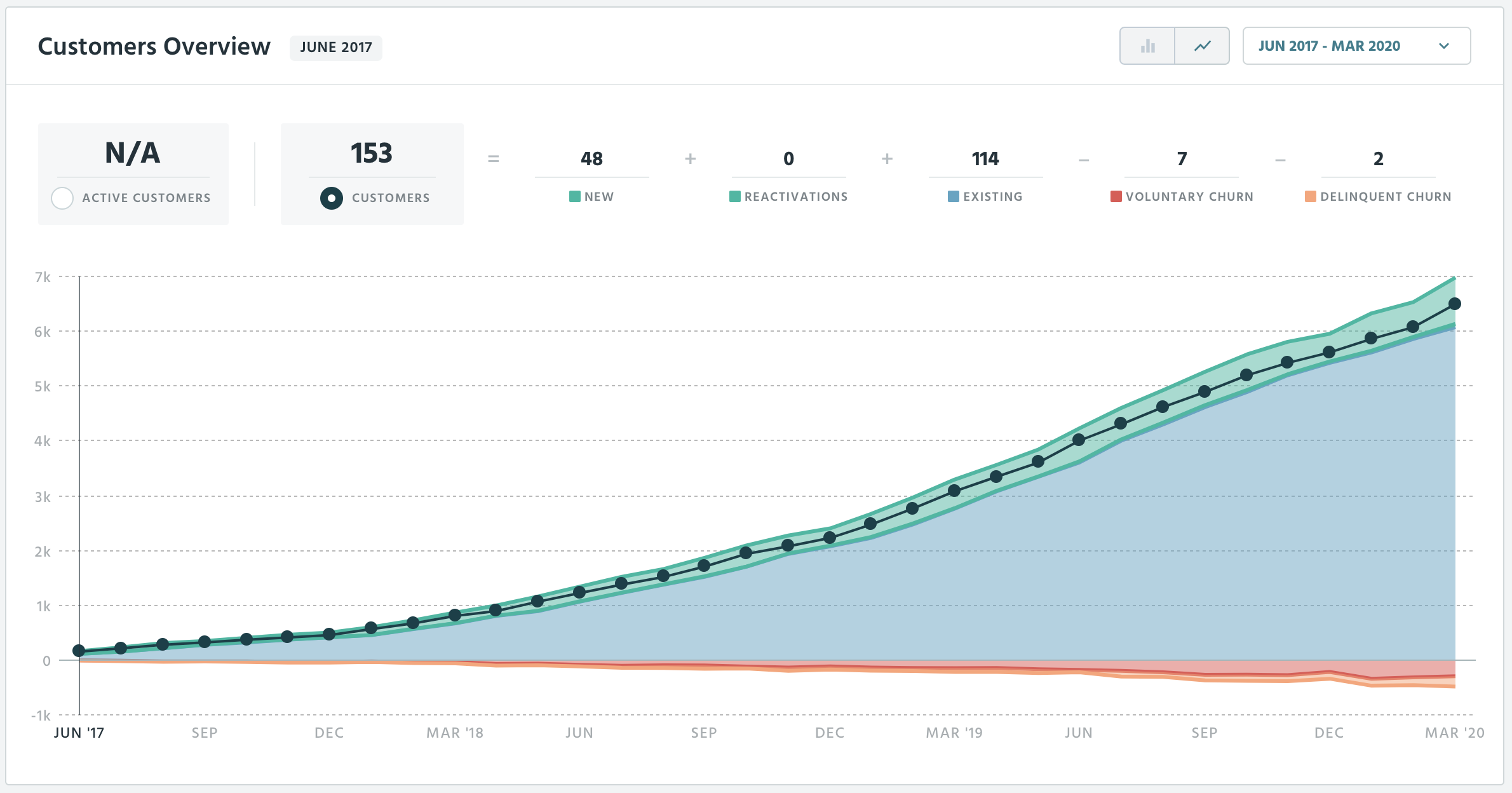Wavve Origins and Lessons
There are some months that turn an entire company around. June 2017 was that month for Wavve.

We thought we were making progress, but after 18 months of building, we were no closer to venture funding than we were in month 1.
Our users loved the app. They were logging in and sharing recordings daily. We had a handful of podcast shows with active communities and a few were paying us a monthly subscription. There were large radio programs like ESPN and iHeartMedia radio using it for hosts to engage with their audiences. Listeners would download the Wavve app and record their voices which would be played back live over the radio. We figured this would trigger some kind of crazy viral loop. The hosts were loving it, so we dove head first into the radio industry. We soon realized radio stations take forever to approve any kind of subscription expense and they have very little budget. By October of 2016, it was clear that we wouldn't be able to turn this product into a profitable business.
An Unexpected Pivot
With app use and engagement declining, this was sort of a Hail Mary moment for me... one last big effort to do something that could help drive people to our audio communities and help us monetize the app. I pulled an all-nighter and built this little audio to video generation tool that would end up changing our lives forever.

An App, IP Address, & Paying Customers
Pro Tip: "You don't need a Domain Name to Validate a Market"
During those first two years, my mindset was "build it and they will come." We had a unique idea. Podcasting was growing fast and a social audio app to help creators build community and source content seemed like a shoe-in for the next YC batch. Early users gave us great feedback and we were building like crazy. In 2015 and 2016, I built an iOS app, Android app, social network, audio sharing platform, embeddable player, and more. I was still working my 9-5 job (here's my how-to guide to starting up with a full-time job), but whenever I could find time, I was busy building features, managing releases, troubleshooting mobile bugs, etc.
BUT, we couldn't monetize it. We spent thousands of hours building a really cool product, but we should've been focused on building a business. During the fall of 2016, we totally flipped our approach. Baird started selling this new audio to video tool and people were actually paying for it.
It blew my mind. Here I'd spent something like 6-figures of engineering time building this massive audio sharing platform, and now this little tool that I built in less than 50 hours was outperforming it in pure dollar terms.
Here's the crazy part. We didn't even have a domain name! When someone paid us, we'd upload their image assets to an S3 bucket, and then we'd share our tool's IP address (shown in the screenshot above http://52.36.108.20:8888). Yet, customers were actually paying us to use this early version of the app.
Here's how we onboarded the first 15-20 customers. Customers would reach out over email. We'd send them a Stripe link to pay, and then they'd send us their artwork image. I taught Baird how to add these images to AWS S3 and commit the file to our GitHub repo. I set up automatic deployment so each image would redeploy the app. Then, we'd send the customer the IP address and their image would be available in the dropdown (next to all other customer images).
Building for ROI
By December it was far too time-consuming for us to continue this way (not to mention the app was totally embarrassing), so I finally committed to build a proper web app. I spent 100 hours or so over 4-6 weeks writing user authentication, setting up design themes, and getting an angular front-end designed and setup. I helped Baird get comfortable working with HTML so he was able to tackle much of the front-end marketing stuff while I worked on infrastructure. At this point, we still didn't have any sort of editor so we were mostly having to create design templates by hand.
I knew this wouldn't scale, but I remained hesitant to sink a bunch of time into a new, seemingly niche product after nearly killing myself to build all of the product features and infrastructure for our previous venture, uTalk. For most of Q1 2017, I continued making marginal improvements, but a big problem remained and was keeping us from seeing the potential for Wavve. Baird was still having to make manually onboard each customer by requesting design assets, creating a template, and uploading each.
I'd been pretty well insulated from how painful this process was. Then, Baird went to Europe for two weeks so I took over all support responsibilities and had to do all the manual design setup. It was even more hectic than usual because signups started really picking up. We were adding 2-3 users per day and each of them need 3 designs setup and configured. I was also trying to balance a freelance gig, and I was also in the middle of a massive project to migrate all of our uTalk infrastructure for someone who wanted to buy our old tech.
I started researching solutions for making the design process totally self-serve and by the time Baird got back from Europe, we decided to make this a top priority which meant moving me from the other dev work onto the big new project.

An Inflection Point for Wavve.
Most months are slow and steady when you're building a SaaS business. Gail Goodman presentation, "The long, slow SaaS ramp of death," sums this next period up perfectly.
And here's a nice graphical illustration.
The long, slow SaaS ramp of death. pic.twitter.com/U5eFPMsfCc
— Josh Pigford (@Shpigford) June 19, 2017
There are months that can change the entire trajectory of a company. For Wavve, that month was June 2017.
We'd been plodding along, adding a few customers per month. 10 customers in February. 23 customers in March. 34 customers in April. We were growing, but it still wasn't much money since ARPU was only $8. In late May we made some big decisions, executed on them in June, and by July we were on an entirely new trajectory as a company.
There were 3 Big Developments in May & June 2017
- We hit our first company goal for Wavve. $1,000 MRR.

2. We hit a home run by hiring Rob Moore. His background in data visualization was just what we needed to take our video quality to the next level. And with his help, I suddenly had free time to invest in building our custom editor. It's never easy finding a contractor that you trust. It took quite a few interviews and some misfires before we found the right match.

☝️ Plot twist. He was so good, we made him a co-owner of Wavve in 2018.
3. After a month of hardcore dev and testing, we released the editor to customers.

We took it live on June 30th, and were immediately greeted with positive customer feedback.

I left for vacation the following day and nothing blew up! For the first time since launching our startup in 2015, we had a high-quality engineer who was able to cover for me while I was away. If you've ever been the head of engineering at a small company, you know how hard it can be to truly disconnect and relax. There's this impulse to constantly check-in to make sure nothing has blown up in your absence. With Rob on board, I was able to relax and recharge without worry for the first time in years.
If you're interested in the journey since then, I've documented much of our continued journey here. You can also check out our updates on Indie Hackers.
Switching to Operator Mode
Since 2018, we've switched gears to operator-mode. We're spending less time on product, content creation, engineering, etc, and more time optimizing for revenue. We've learned so much about maximizing profits, re-investing for ROI, and so much about customer retention... specifically how to reduce churn.
That's why we're launching Churnkey. We're on a mission to save a lot of companies a lot of money over the next few years. If you're starting a subscription business, or have been operating one for a while, be sure to check us out.
